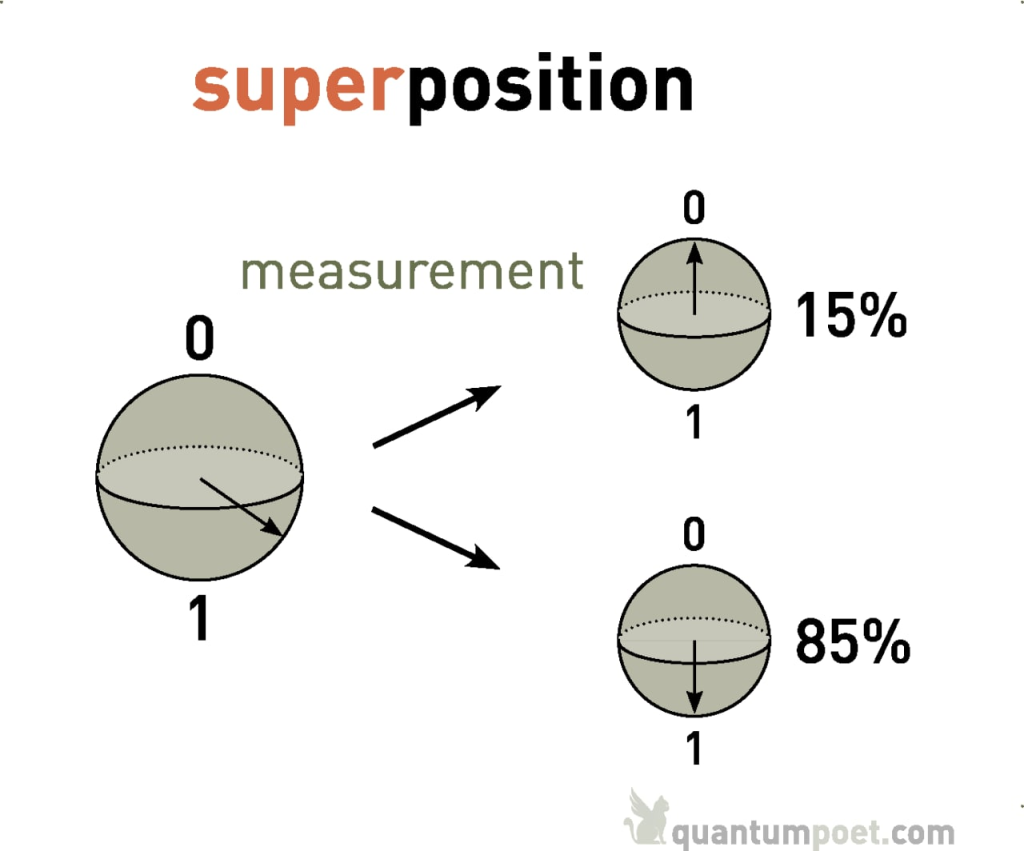Quantum Machine Learning: Writing Quantum Algorithms for AI Transformation
Quantum computing operates on quantum bits or qubits. Unlike classical bits, which are either 0 or 1, qubits can exist in a superposition of states. This allows quantum computers to process multiple possibilities simultaneously, making them exponentially faster for certain tasks.

Machine learning uses algorithms to learn patterns from data. Quantum machine learning (QML) enhances these algorithms by utilizing quantum computing principles.
Key Quantum Algorithms in AI:
Building a Quantum Algorithm for Binary Classification:
Let's build a quantum algorithm for binary classification. We'll use a QSVM to classify data into two categories.

Steps to Build QSVM:
- Data preparation
- Quantum kernel
- Train QSVM
- Generate synthetic data
- Train QSVM
- Predictions
The pseudo code for QSVM:
Here’s how the pseudo code translates into Python:
Advantages of Quantum Machine Learning:
- Speed: Quantum computing accelerates tasks like matrix inversion and optimization.
- Scalability: QML helps process high-dimensional data efficiently.
- Accuracy: It enhances performance in problems like clustering and classification.
Challenges in Quantum Machine Learning:
- Hardware limitations: Quantum computers are still in their infancy.
- Error correction: Quantum systems are prone to noise and errors.
- Complexity: QML requires expertise in both quantum mechanics and machine learning.
Quantum machine learning opens the door to solving problems previously thought unsolvable. While still in its early stages, QML is set to transform industries like healthcare, finance, and logistics. By understanding quantum algorithms and implementing them in AI models, developers can harness this cutting-edge technology to build faster and smarter systems.




















